Categories > Guides and Tips

Your Guide to Thailand Visa Photo Specifications 2023-2024
Obtaining a visa for Thailand is often the first step in embarking on an exciting journey to this vibrant and culturally rich country. Central to this process is ensuring that your visa application includes a photo that meets Thailand’s specific standards for 2023-2024.
In this comprehensive guide, we’ll explore the intricacies of Thailand’s visa photo specifications for the years 2023 and 2024.
You’ll discover the nuances of different visa types, such as Visa on Arrival, eVOA, and Tourist Visas, as well as the particular requirements for minors and even the tiniest travellers—infants.
Let’s dive into the essential aspects of creating a visa photo for your Thailand visa!
What are the visa photo requirements for Thailand travels in 2023?
The visa photo requirements for travelling to Thailand in 2023 include using a 4×6 cm coloured photo for Visa on Arrival and eVOA.
And if you plan an extended stay and chose the Tourist Visa, you should have two photos at 3.5×4.5 cm each.
There are also other guidelines one must follow when taking a photo for their Thailand visa application, such as looking straight ahead, not wearing glasses and headgear, and using a white background.
Thailand Visa Photo Standards (Photo Size)
Thailand Visa on Arrival
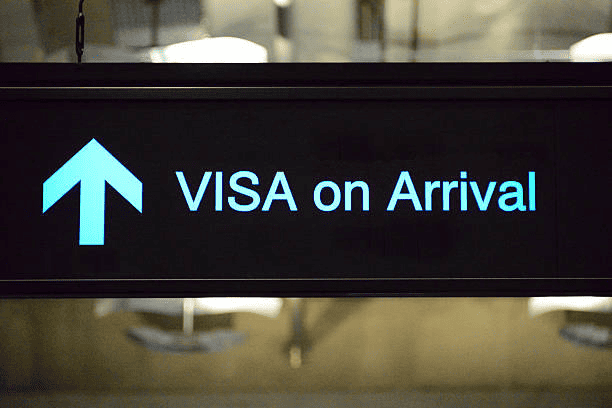
When applying for a Thailand Visa on Arrival, a single photo sized 4cm x 6cm is mandatory.
Additionally, specific prerequisites must be met, including:
- Demonstrating the ability to cover living expenses (10,000 Baht per person or 20,000 Baht per family, or equivalent in foreign currency)
- Providing proof of onward or return travel (such as your flight ticket)
- Confirmation of booked accommodation in Thailand
- Possessing a passport with a minimum validity of six months.
Back in mid-2020, Thailand decided to give people a little break by temporarily waving that 2,000 baht visa fee per person.
Now, if you’re planning a trip and know you’ll be hitting up those immigration points, here’s a handy tip: make sure to come prepared with your 4cm x 6cm photo.
It’ll save you some serious hassle and could even keep a few extra baht in your pocket. They do have those photo booths available at the immigration spots, but having your photo ready when you arrive is a smart move.
| Note: For individuals planning a brief getaway to Thailand, Visa on Arrival serves as a convenient choice. This type of visa is valid for a 15-day stay and can be acquired in advance online or upon your arrival in Thailand. |
eVOA (Electronic Visa on Arrival)
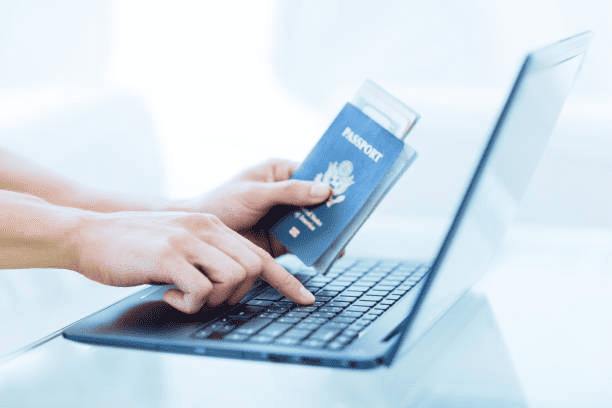
For the tech-savvy travellers opting for the eVOA (Electronic Visa on Arrival), there are a few things to keep in mind. First and foremost, your photograph size must be 4×6 cm, and the associated dimensions should be at least 472 pixels x 709 pixels (height x width).
This digital option is perfect for streamlining the entry process and avoiding lengthy Visa on Arrival lines, especially if you’re visiting from countries like India or China that tend to see heavy tourist traffic during peak seasons.
Tourist Visa
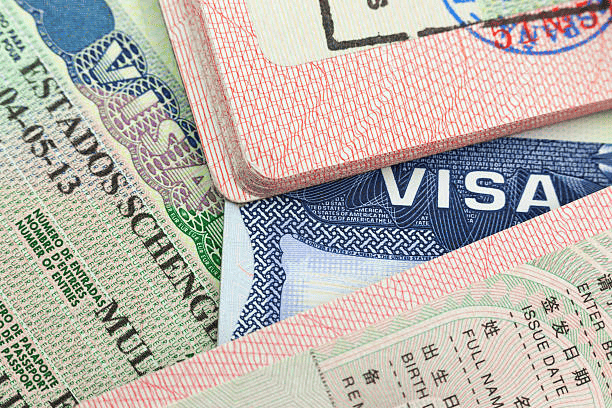
In line with the official regulations, when applying for a standard Thai Tourist Visa through VFS or the Thai embassy, it’s essential to ensure that your visa photo measures 3.5 x 4.5 cm (1.3 x 1.77 inches).
| Note: For travellers with the luxury of an extended stay in Thailand, the Tourist Visa is the ideal choice. It allows a stay of up to 60 days, with the option to extend it for an additional 30 days while in Thailand. However, it is important to understand that the Tourist Visa can only be obtained through a Thai Embassy or Consulate and is not available for online application or upon arrival. |
Specific Requirements for Minors and Infants
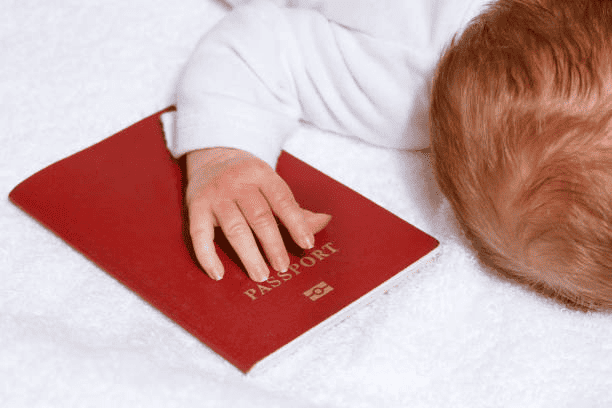
When it comes to visa photos for minors and infants, there are unique considerations that ensure their application process goes smoothly.
It’s crucial to bear in mind that the background of the child’s photo must be clear and in white or off-white colour. The use of child’s toys or pacifiers in the photograph should be avoided.
Additionally, for a successful visa photo, make sure the child has their eyes open and mouth closed, their head is positioned in the centre of the frame, and their entire face is clearly visible.
Infants are permitted to be photographed with their mouths open.
How to Capture a Visa Photo the Right Way
Make sure to properly face the camera
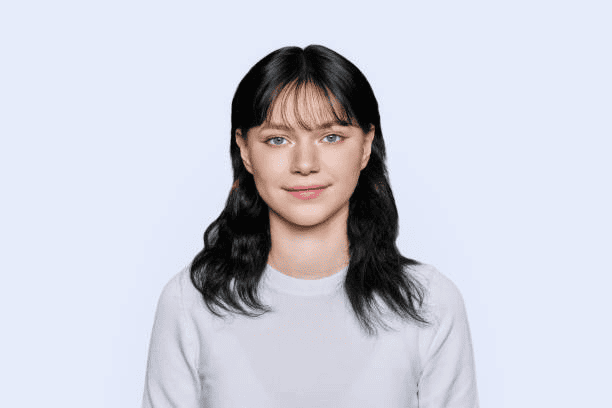
When taking your visa photo, it’s crucial to properly face the camera. Make sure your head is centred, and you’re looking directly into the lens.
Maintain a neutral facial expression with your eyes open and mouth closed. Avoid any extreme expressions, such as broad smiles or frowns, as a neutral, composed look is preferred for visa photos.
Optimize the photo quality
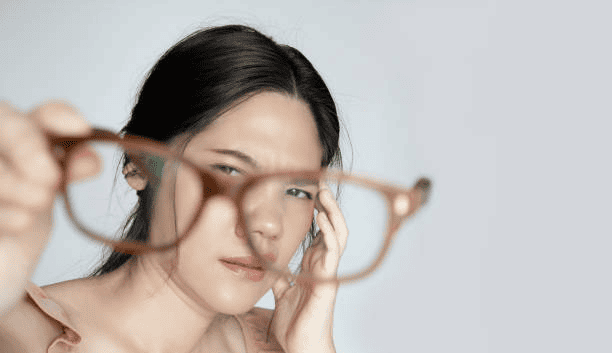
Photo quality – something you don’t want to skimp on. Your visa photo should be crystal clear, with vibrant colours and sharp details.
Ensure it’s high-resolution, as low-resolution images can appear blurry and may result in complications during your application process.
To meet the stringent standards, it’s essential to have a high-resolution photo with a minimum of 600 dpi (dots per inch).
Opt for a well-lit area with even lighting

Selecting the right lighting and background is key to a successful visa photo. Choose a well-lit area with even lighting, preventing any shadows on your face or in the background.
Opt for a plain white or off-white background, as colourful or busy backgrounds can be a hindrance. The goal is to have a harmonious colour balance, so your facial features are clearly visible.
Choose your accessories wisely

Accessories can make or break your visa photo. Avoid items that cover your hair or facial features. Skip the sunglasses, hats, and large, reflective jewellery.
Ensuring that your face is fully visible in the photo is crucial, so choose accessories with care to meet the necessary standards.





